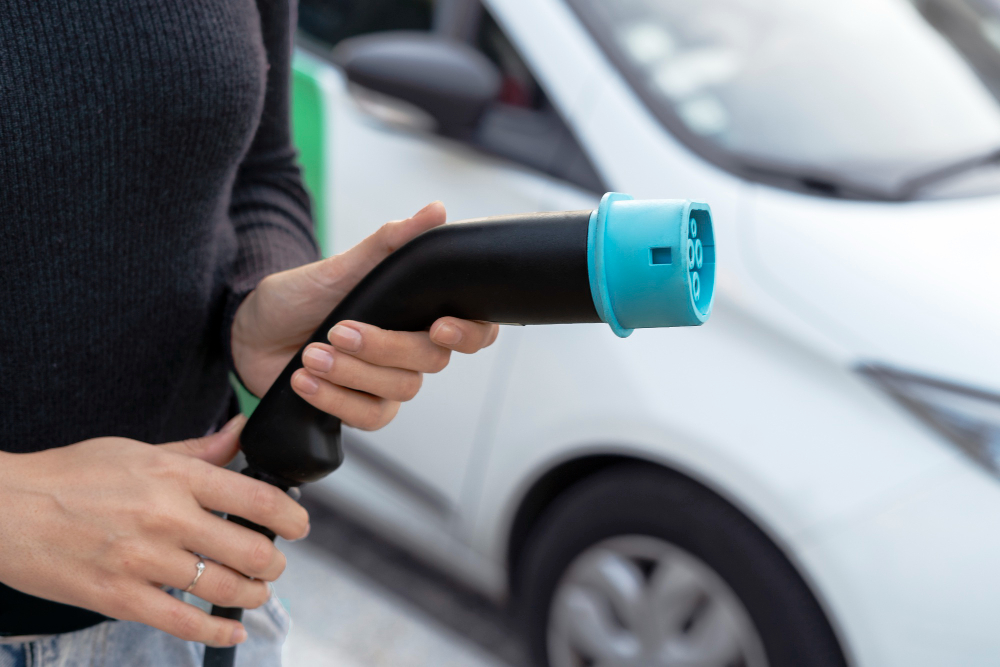As electric vehicles (EVs) gain popularity, safety remains a top priority for manufacturers and consumers alike. Fortunately, EVs come equipped with a range of advanced safety features designed to protect drivers, passengers, and pedestrians. Let’s delve into some of the key safety features of electric vehicles:
- Structural Integrity: Electric vehicles are built with strong and durable structures designed to withstand impact and protect occupants in the event of a collision. Advanced materials such as high-strength steel and aluminum are used to enhance structural integrity while minimizing weight.
- Crashworthiness: EVs undergo rigorous crash testing to ensure they meet stringent safety standards and perform well in various crash scenarios. Frontal, side-impact, and rollover tests assess the vehicle’s ability to protect occupants and minimize injury risk.
- Battery Safety: Electric vehicle batteries are engineered with safety in mind, featuring robust enclosures, thermal management systems, and fail-safe mechanisms to prevent thermal runaway and mitigate fire risk in the event of a crash or malfunction.
- Advanced Driver Assistance Systems (ADAS): Many electric vehicles come equipped with ADAS technologies such as automatic emergency braking, lane-keeping assist, adaptive cruise control, and blind-spot monitoring. These systems help prevent accidents and mitigate the severity of collisions by providing alerts and assisting the driver in avoiding potential hazards.
- Pedestrian Detection: EVs may feature pedestrian detection systems that use sensors and cameras to detect pedestrians and cyclists in the vehicle’s path. These systems can alert the driver or automatically apply the brakes to prevent collisions and reduce injury risk to vulnerable road users.
- Driver Monitoring: Some electric vehicles incorporate driver monitoring systems that monitor driver attention and alertness. These systems can detect signs of fatigue or distraction and provide warnings to the driver to maintain focus on the road.
- Vehicle-to-Vehicle Communication (V2V): Emerging technologies such as V2V communication enable electric vehicles to exchange data with other vehicles on the road, providing real-time information about traffic conditions, hazards, and potential collisions. By enhancing situational awareness, V2V communication systems can help prevent accidents and improve overall road safety.
- Autonomous Driving Capabilities: While fully autonomous vehicles are still in development, electric cars often feature semi-autonomous driving capabilities such as lane-keeping assist and adaptive cruise control. These systems assist the driver in controlling the vehicle and can intervene to prevent accidents in certain situations.
In summary, electric vehicles are equipped with a range of safety features and technologies designed to protect occupants and prevent accidents on the road. From structural integrity and crashworthiness to advanced driver assistance systems and autonomous driving capabilities, EVs prioritize safety to provide a secure and confident driving experience for all.

